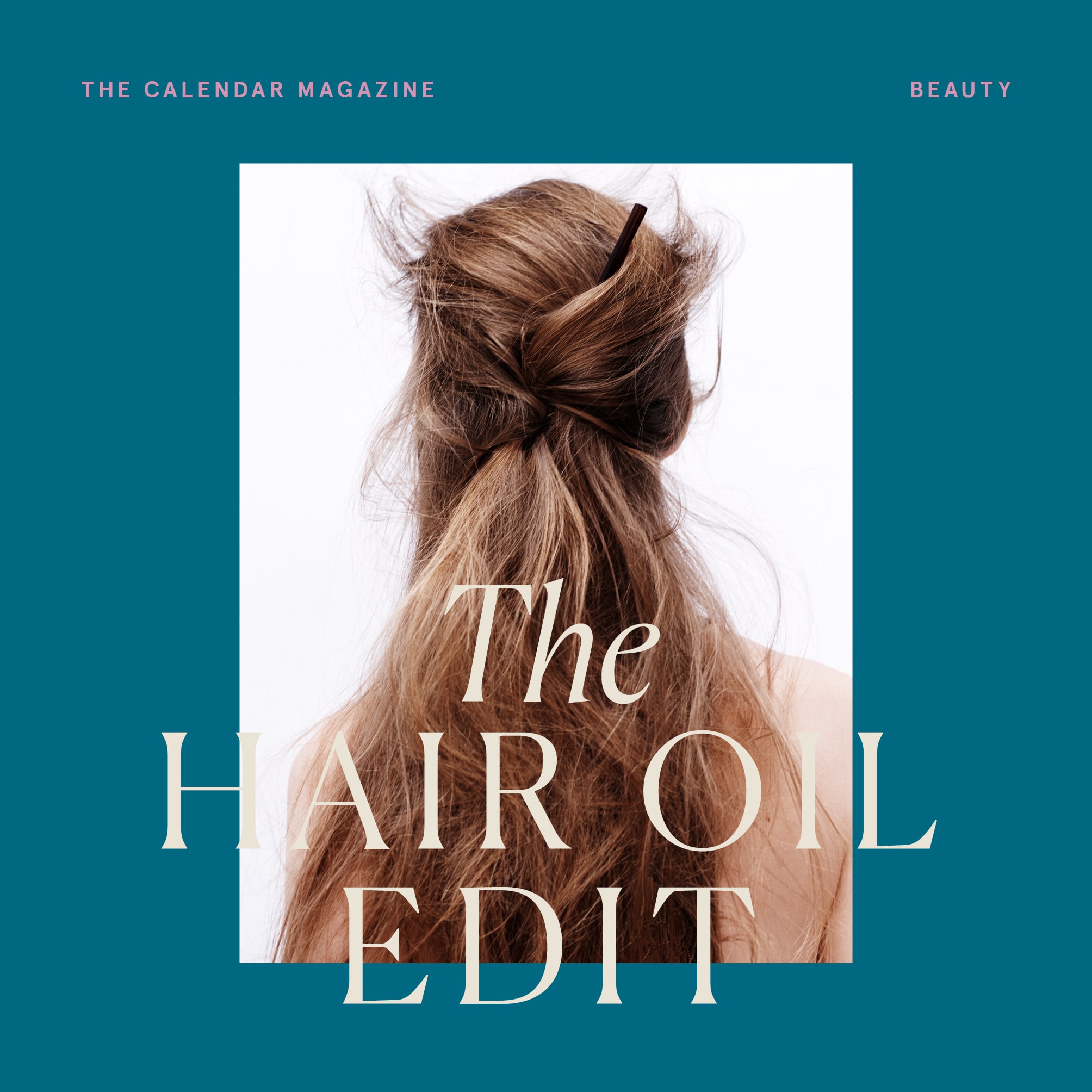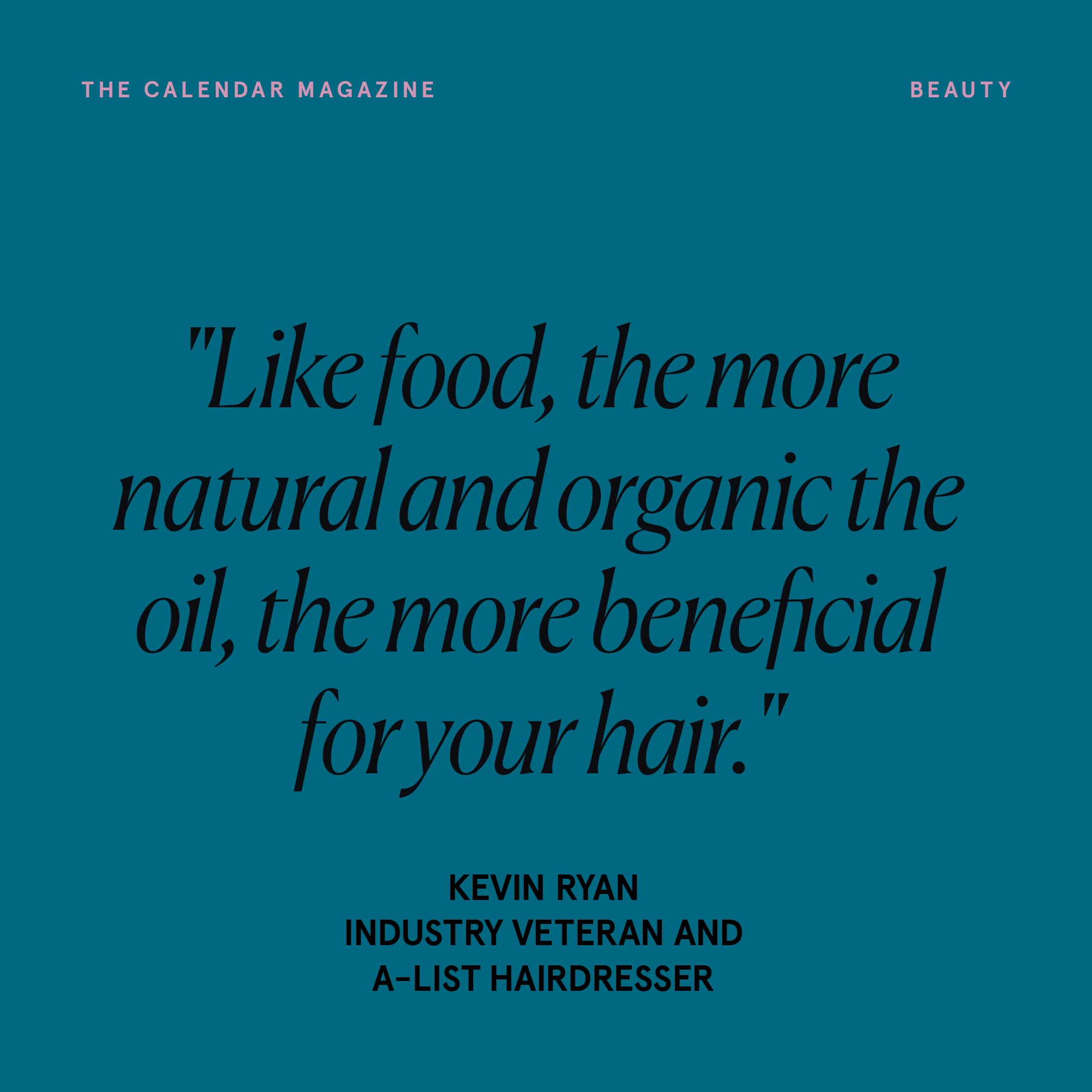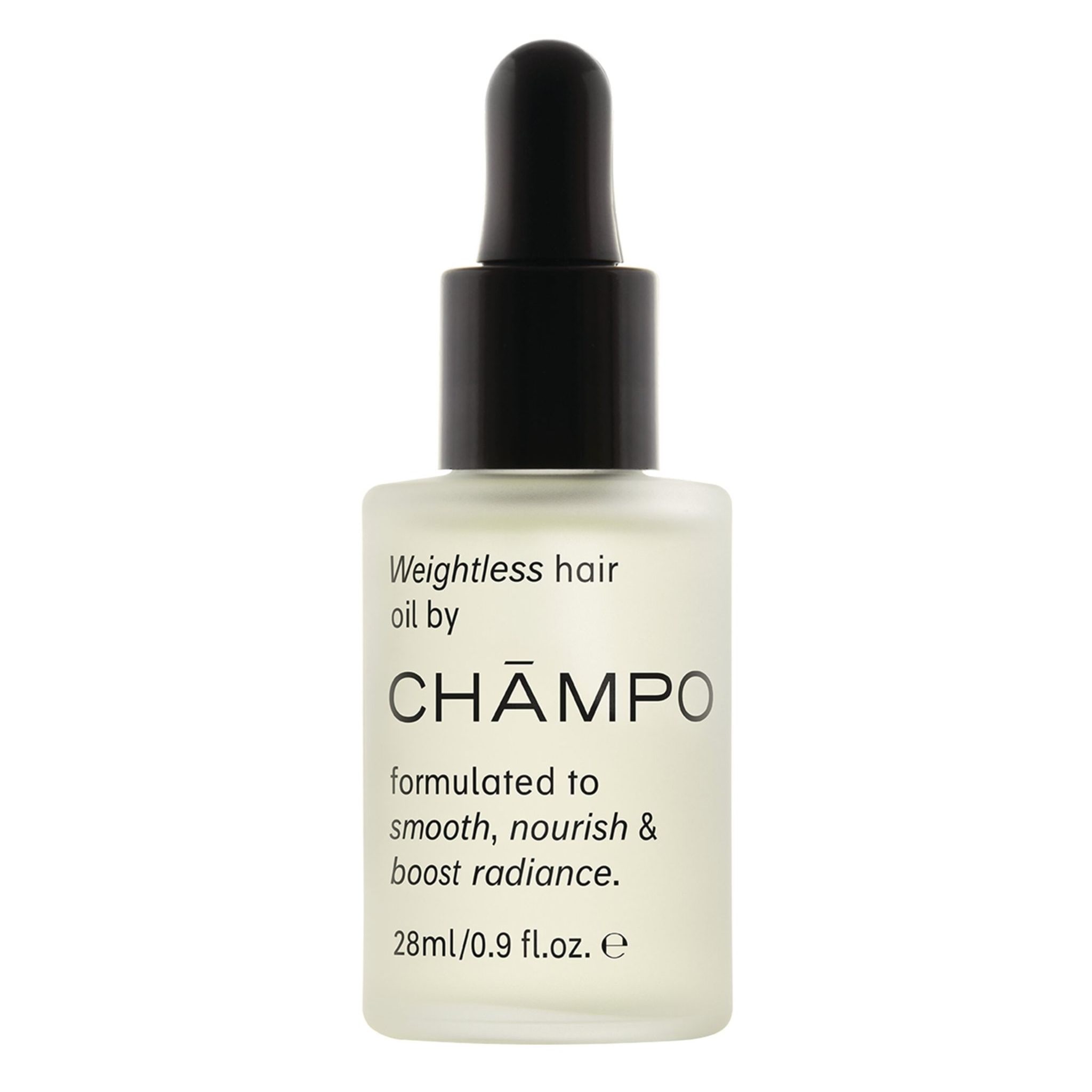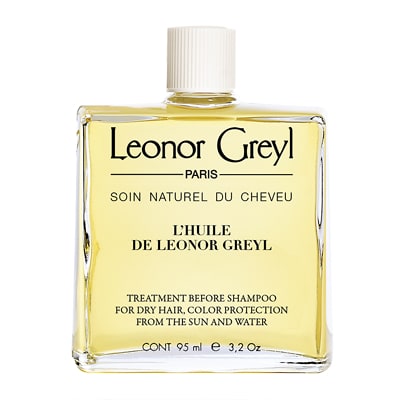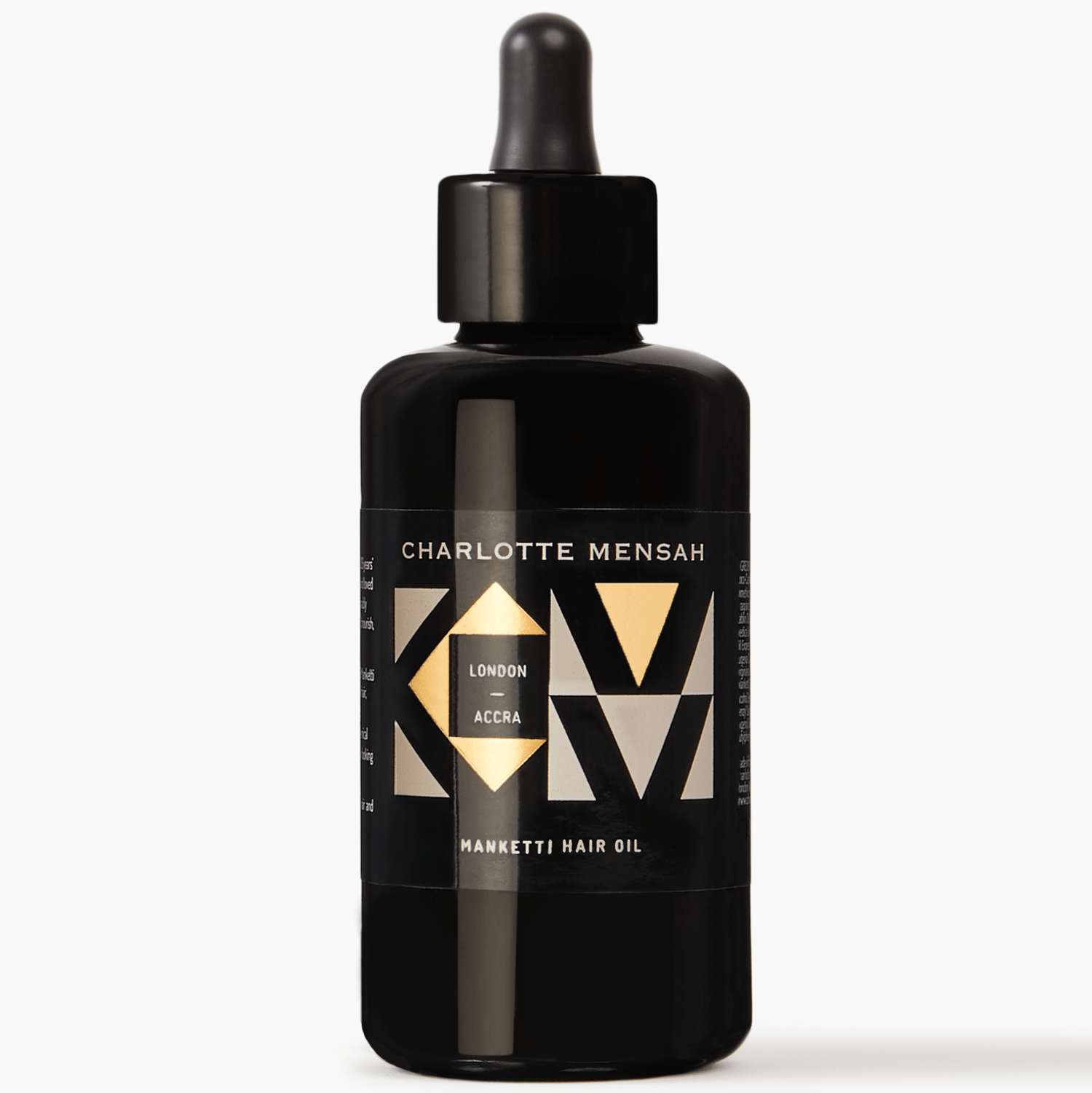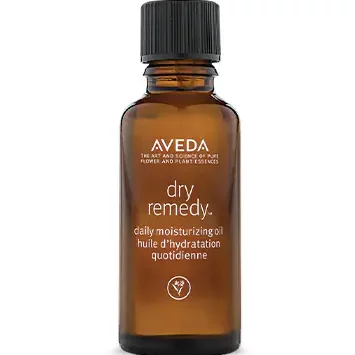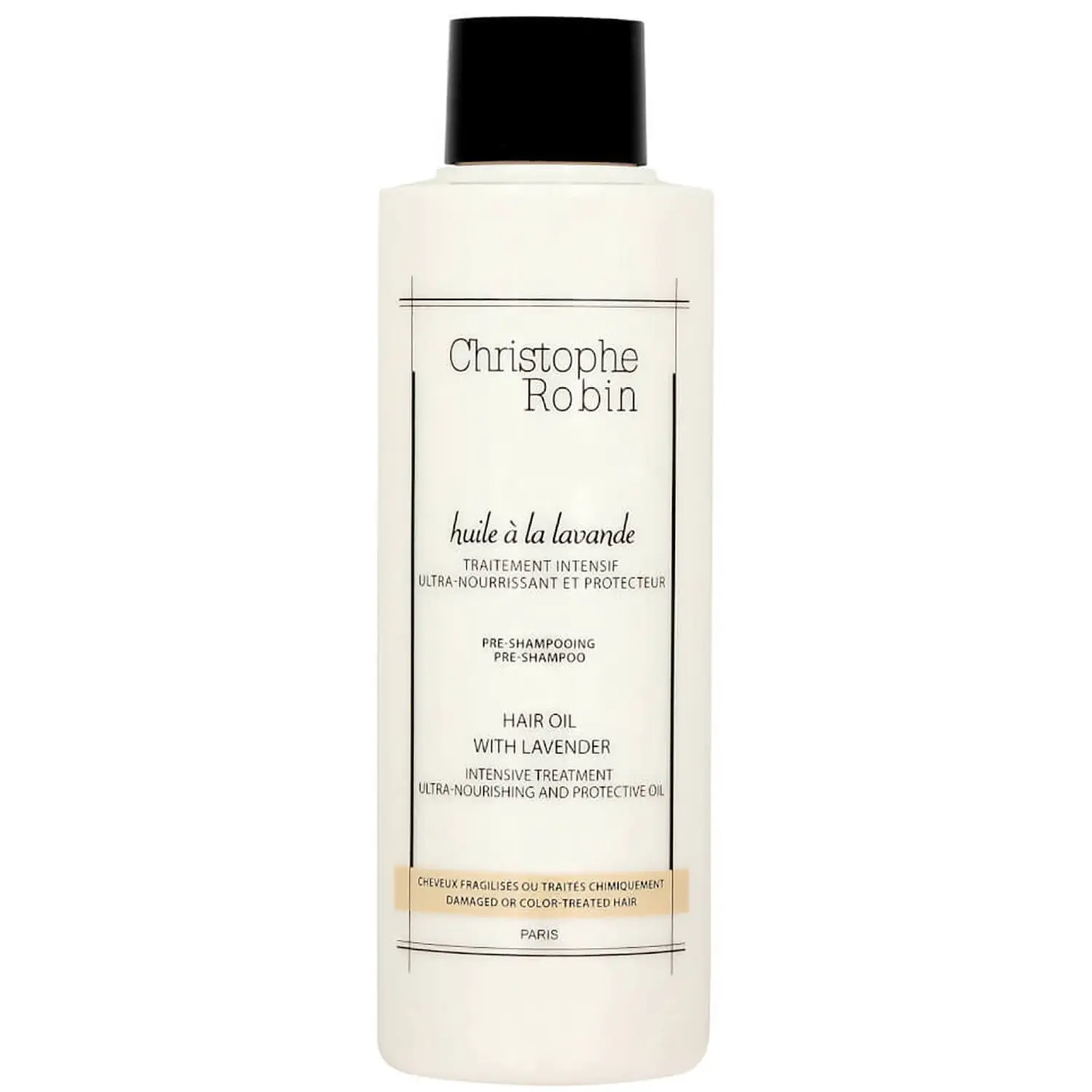The Edit:
Hair Oil
The best way to get your hair and scalp back to health in advance of autumn
Anna-Marie SolowijAfter months spent mainly indoors and with hair salons closed until April 12th, our idea of a ‘good hair’ day has reached a new low that consists of looking vaguely presentable on Zoom calls (quick comb through the front; no one will see the back…). So, it’s no wonder our hair feels like it could do with some love. Enter: hair oil – the best way to get your hair and scalp back to health in advance of that longed-for spring cut and summer of freedom. The Calendar Magazine’s roster of hair oils we rate deliver good results and come with a sustainable beauty ethos embedded. A note of caution: avoid silicone-based formulations as this synthetic ingredient builds up on hair, creating more problems than it solves.
Here’s some hair oil know-how from A-list hairdresser Kevin Ryan:
“The oil that’s naturally produced by your scalp is best for hair, but it would take weeks of not washing and brushing to move this along each strand to the needier, dry ends. Because most people wash their hair frequently, this doesn’t happen – and that’s where hair oil comes in. Like food, the more natural and organic it is, the more beneficial for your hair. Naturally curly and/or thick hair will especially benefit, as it can absorb a lot of oil without becoming limp. Hair oil can also reduce the need for other styling products as the hair will retain enough moisture and gain definition without needing products to mask its poor condition (it also helps protect against heat-styling damage). Fine and straight hair can also benefit from hair oil but should require much less. To avoid overload, start with the tiniest amount of oil (you can add more later if needed) and focus application on the mid-lengths to ends of the hair, avoiding the roots and underneath layers that are naturally oilier and less damaged.”
